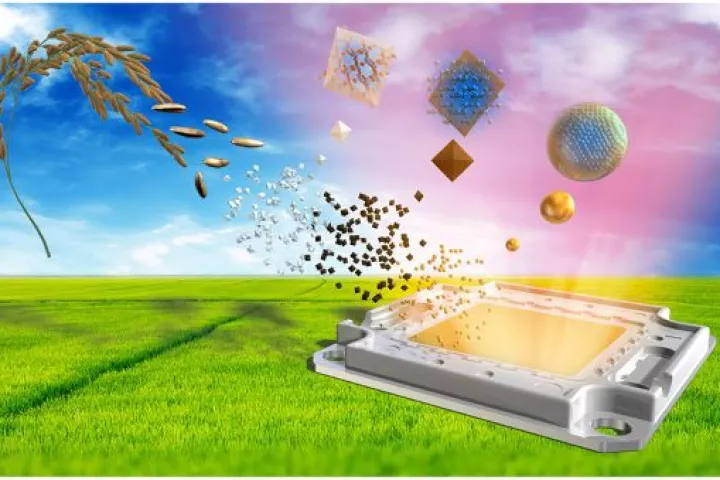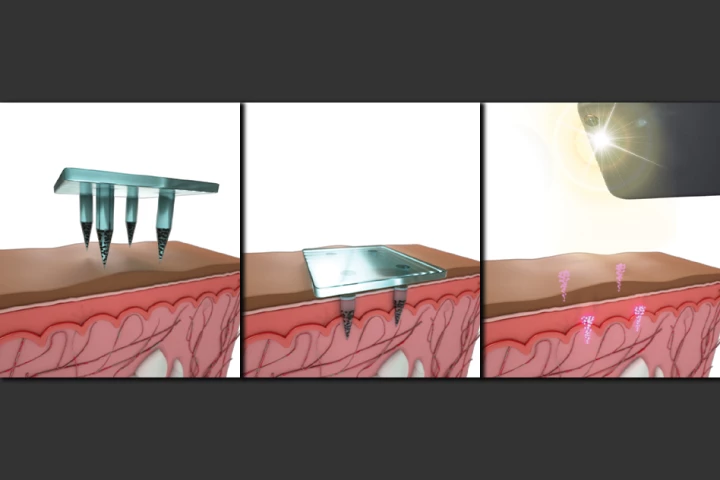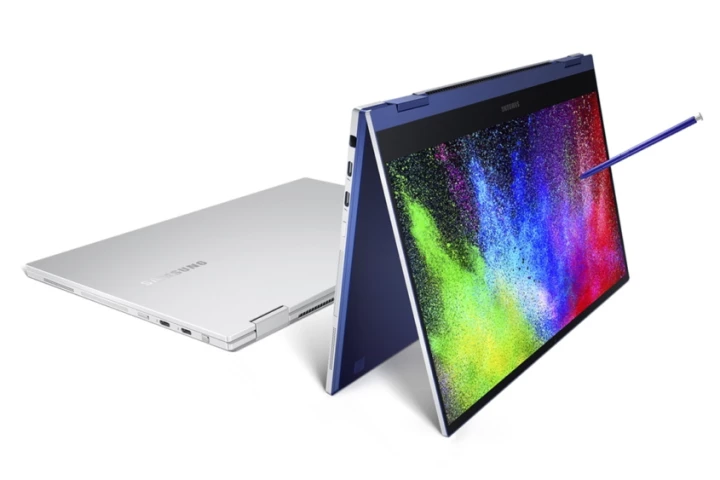Quantum Dot Solar Cells
-
One of the most promising, emerging solar cell technologies has received a major efficiency boost. Engineers at UNIST in South Korea have created quantum dot solar cells with a world record efficiency of 18.1%.
-
This year's Nobel Prize in Chemistry has been awarded to three different scientists who advanced the development of quantum dots – nanoscale particles that exhibit unusual characteristics thanks to their diminutive size.
-
Move over, quantum dots – quantum rods could be the next big display technology. These tiny sticks could improve 3D displays for VR headsets, and now engineers at MIT have overcome a logistical hurdle by arranging them onto a scaffold made of DNA.
-
Scientists at Japan's Hiroshima University have demonstrated a greener path forward in quantum dot manufacturing, by using discarded rice husks to produce the world's first silicon quantum dot LED light.
-
Perovskite solar cells have come a long way in a short time, but there’s still room for improvement. Engineers have now added a layer of quantum dots to the recipe, resulting in a more stable solar cell with near-record efficiency.
-
Technology could really use some more sustainable sources, and now researchers at the Queensland University of Technology (QUT) have turned to an unusual one. The team has shown that human hair from barber shops can be used to create OLED displays.
-
Quantum dots have shown promise in solar cells. Now, researchers at Los Alamos National Laboratory (LANL) have developed a new type of quantum dot solar cell that isn’t made with the toxic elements found in most, while maintaining efficiency.
-
Scientists working on quantum dot solar cells have made a major breakthrough in the area, smashing the previous world record for conversion efficiency by close to 25 percent and bringing the idea of flexible, see-through solar cells one step closer.
-
MIT researchers have designed a microneedle patch that can administer both a vaccine and quantum dots that sit under the skin for years at a time, essentially storing a person's vaccine history on their own body.
-
Samsung is beefing up its Galaxy Book lineup with two new laptops: The Galaxy Book Flex, with a touchscreen and reversible hinge that lets it flip into a tablet, and the Galaxy Book Ion, a lightweight workhorse for more professional pursuits.
-
In the near future, fluorescent graphene quantum dots could crop up in clothes, cosmetics, consumer electronics and even cancer treatments. New Atlas spoke to Moti Gross, the CEO of Dotz Nano, a company that's developing new ways for these tiny, glowing, one-atom-thick dots to be made and used.
-
Engineers at the University of Toronto have combined perovskite and quantum dots to create an ultra-efficient, super-luminescent hybrid crystal that they say will create new records in power-to-light conversion efficiencies.
Load More











